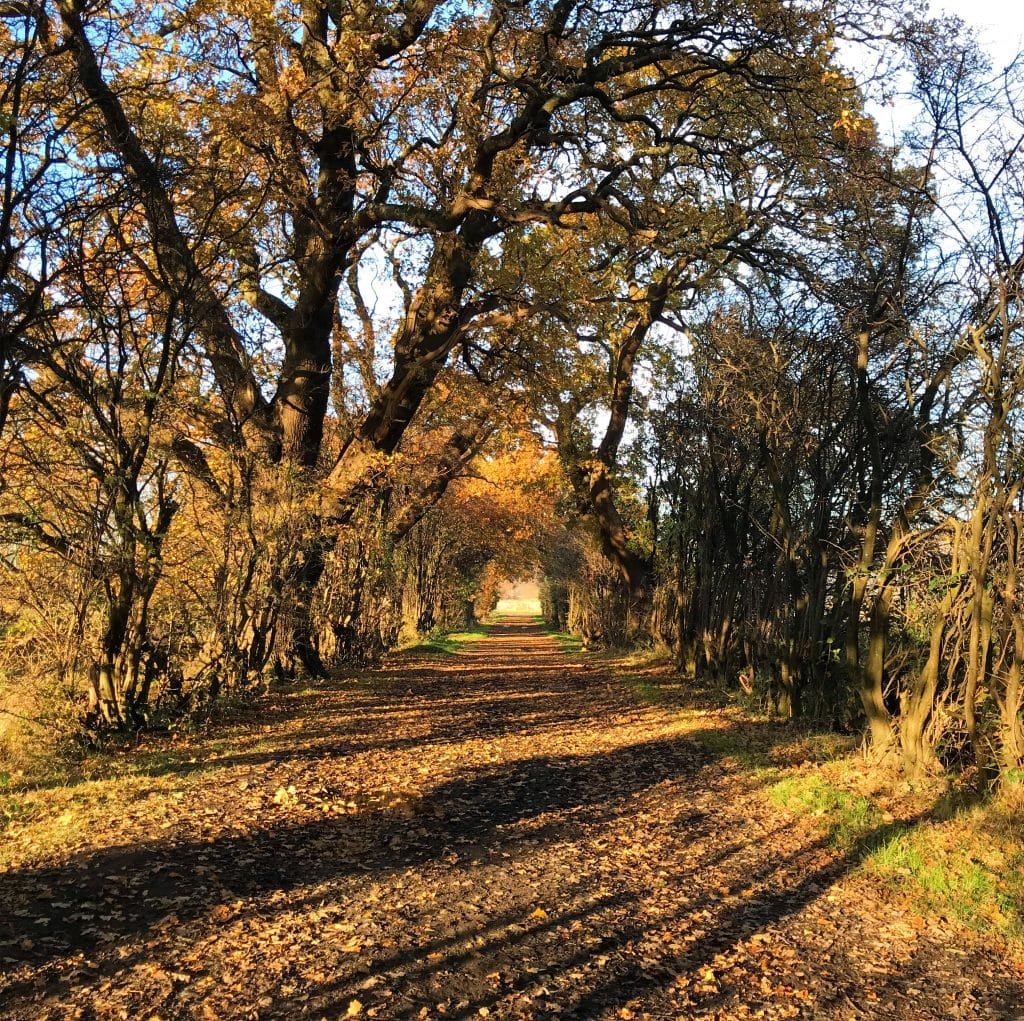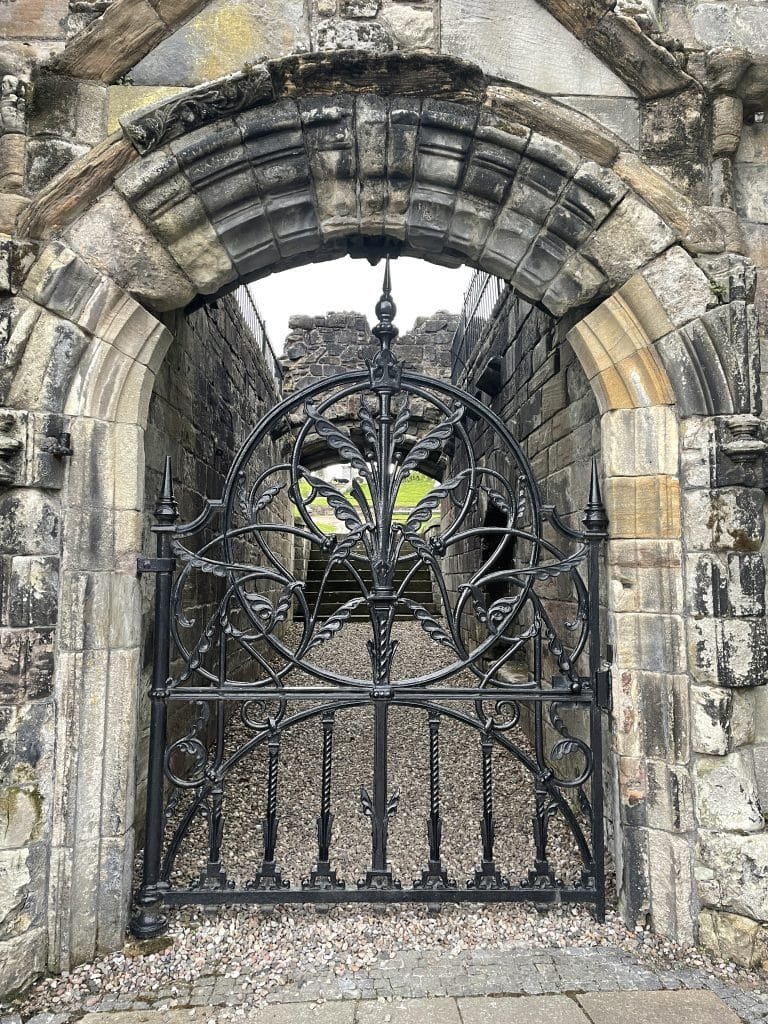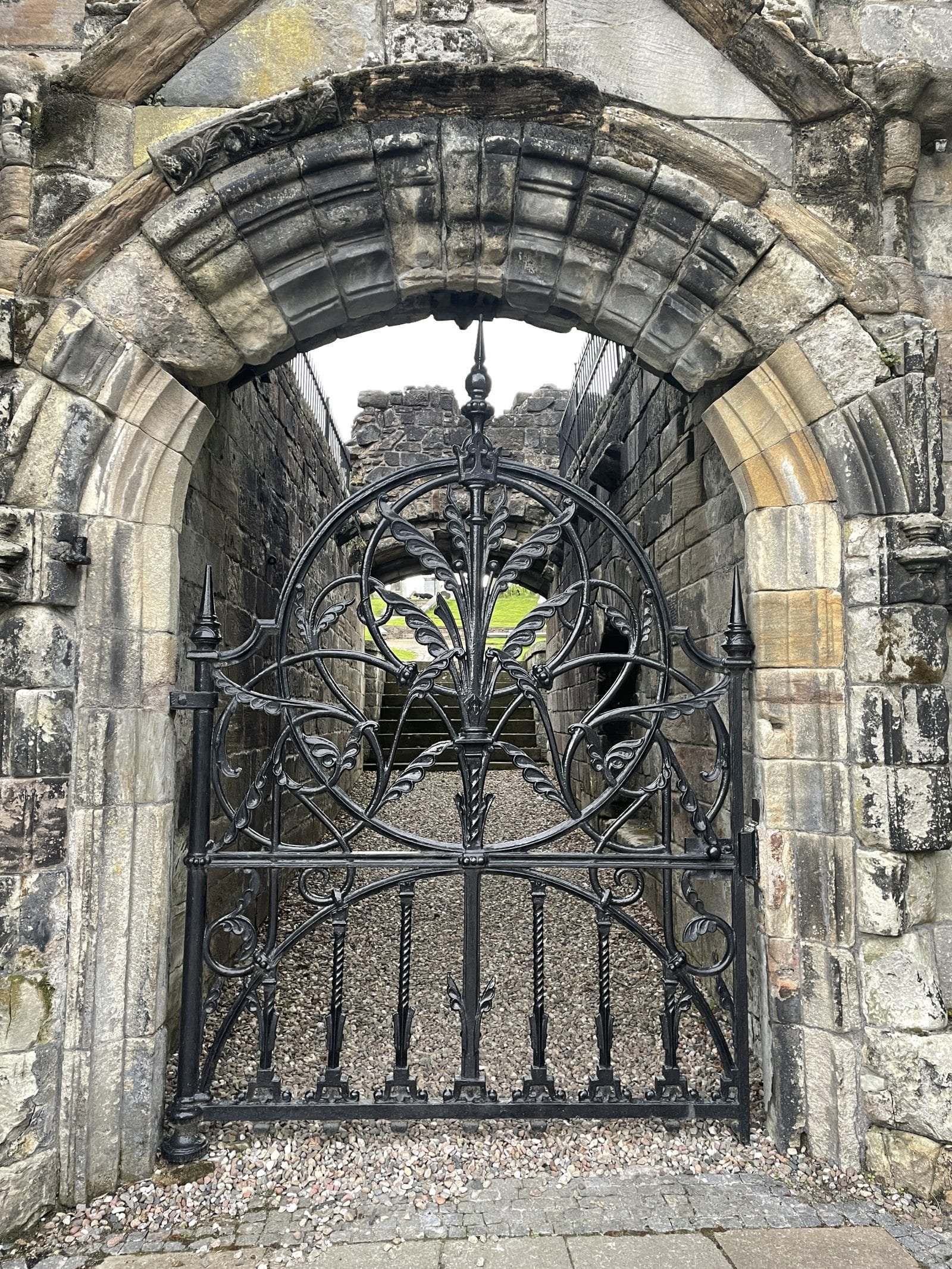Stirling – Strive-Ling [old English]
20,00 years ago, the Burgh Meadow [Borrowmeadow] would have been under a mile-high glacier; 10,000 years ago, it would have been under 40m of water, part of a great inland sea loch, the bodies of prehistoric whales and dolphins washed up on the coastline and you can see their bones in The Smith Museum.
This ocean gradually silted up and turned into a vast bog, Stirling Castle and the Wallace monument sit on two promontories into this sea and was the lowest crossing point across the Forth.
The conflicts, the killings, the treasure lost trying to control Stirling, gave it its name, which is Old English for Place of Strife!
Murray Cook
Most Important Location in Scotland
If you controlled Stirling you controlled the way north or south, a hard military fact for everyone from the Romans to the Jacobites….so for the last 2000 years Stirling was the most important location in Scottish history. And off course Sir William Wallace understood this which led to is famous victory at Stirling Bridge in 1297, he used the pinch point of the crossing to split the English army and pounced!
And Robert the Bruce our greatest King exploited the same basic geography to win the greatest victory in Scottish history at the Battle of Bannockburn in 1314!
The conflicts, the killings, the treasure lost trying to control Stirling, gave it its name, which is Old English for Place of Strife!
This area has been Celtic, Roman, Strathclyde British, Northumbrian English, Pictish, Scottish, Viking, Scottish, English, Scottish and then British!
The Maeatae
The first named people were here the Maeatae (pronounced May-ith-ay) and their name survives in the prominent Hill Dumyat…Dun Maeatae..the fort of the Maeatae. Their fort was destroyed by fire, so intense that the temperatures reached 1000 degrees centigrade and the stone melted and fused….a vitrified fort.
Stirling Castle serves the same function as the fort..it controls the crossing point! It was also the focus of Royal activity when Stirling was Scotland’s capital and contains one of the best-preserved Renaissance Palaces in Europe!
The Stirling Highland Games field is on Borrowmeadow, which means the Burgh’s Meadow, Stirling acquired the land after the Reformation when Cambuskenneth Abbey was broken up and seized by the crown.
The farm here is 18th century as are the avenue of oaks, but the underlying road is far older…up to 800 years old and part of the Abbot’s Great Carriage Road which led from the Abbot’s palace at Throsk to Cambuskenneth Abbey and across the Ford here known as Abbot’s For…which was the main way to Stirling from the East.
This ford and the road were used by Robert The Bruce, William Wallace, Mary Queen of Scots and James VIth.

Cambuskenneth Abbey was founded in the 12th century by King David 1, who’s mother was our only Royal Saint, St Margaret.
Famously, the Abbey was the scene of Robert the Bruce’s HQ during the siege of Stirling castle that led to the Battle of Bannockburn and it was here that he held his first post-Bannockburn parliament. It was also a scene of daring midnight raid by the Earl of Athol who was on the English side during the Battle of Bannockburn which destroyed Bruce’s baggage train.
King James IVth restored it around 1500, following guilt in the role he played in his father, James III’s death in 1488 at the Battle of Sauchieburn and James III grave is at the core of the Abbey along with his Queen Margaret of Norway. He planned to be buried there himself but after his death at the Battle of Flodden in 1513 his body was never recovered.
In the 16th and 17th century after the reformation, the Abbey was slowly robbed of its stone and famously built both Cowane’s Hospital and Mar’s Wark in the City.
When Queen Victoria came here she paid for its restoration which was completed in 1859 and how its looks at the moment.






